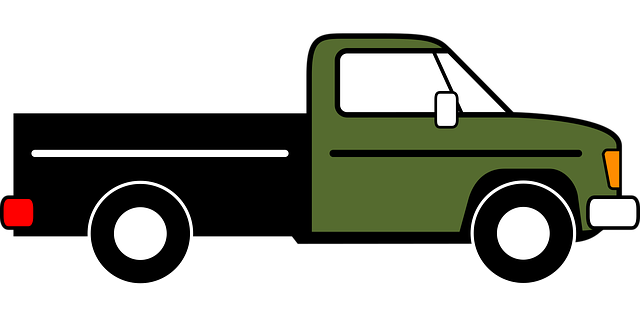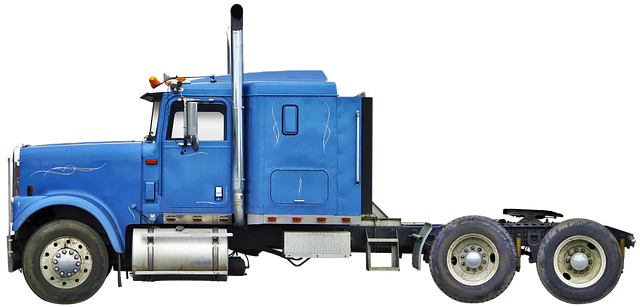Looking to register your car in California? This comprehensive guide breaks down the process step-by-step. From understanding essential requirements to gathering necessary documents, this article ensures a smooth registration experience. Learn how to utilize your local DMV office or online services efficiently. Discover the importance of a Vehicle Identification Number (VIN) verification and navigate the payment process for quick plate issuance. Master these steps with our expert tips, featuring insights from the dmv vin verifier.
- Understand California Car Registration Requirements
- Gather Necessary Documents for Car Registration
- Visit Your Local DMV Office or Use Online Services
- Complete the Vehicle Identification Number (VIN) Verification
- Pay the Registration Fees and Receive Your Plate
Understand California Car Registration Requirements

Before registering your car in California, it’s crucial to understand the state’s specific requirements for vehicle registration. The California Department of Motor Vehicles (DMV) mandates that all vehicles operated on public roads be properly registered and have an up-to-date inspection. This process involves verifying key information about your vehicle through what’s known as a Vehicle Identification Number (VIN) verifier.
One essential step is ensuring your car passes a safety inspection, which checks critical components like brakes, lights, and emissions control systems. For convenience, many Californians opt for mobile VIN verification services, allowing them to complete the initial registration process from the comfort of their homes or offices. This approach streamlines the experience, especially for those unfamiliar with the DMV’s procedures, and ensures your car meets all necessary standards before hitting the road.
Gather Necessary Documents for Car Registration

Before you begin the registration process, it’s crucial to gather all the essential documents for car registration in California. The primary requirement is a valid Vehicle Identification Number (VIN) inspection report. This can typically be obtained from a certified mechanic or through a mobile VIN verification service. These services use advanced technology to perform a thorough VIN inspection remotely, ensuring accuracy and saving you a trip to the DMV.
Additionally, you’ll need proof of insurance, a completed vehicle registration form, and the appropriate fees. It’s also recommended to bring along any other documentation related to the car’s ownership history or recent maintenance records, as these may expedite the registration process at the California Department of Motor Vehicles (DMV).
Visit Your Local DMV Office or Use Online Services

When registering your car in California, one of the initial steps is to verify your vehicle’s Identity and History through a process known as a DMV VIN verifier or vin inspection. You can complete this task either by visiting your local Department of Motor Vehicles (DMV) office or utilizing their online services. Going to the DMV allows for an in-person vin inspection, where a representative will cross-reference your vehicle’s unique Vehicle Identification Number (VIN) against state records and national databases. Alternatively, you can opt for a mobile vin inspection or use the DMV’s online tools, which may streamline the process, especially if you have all necessary documents readily available.
Using their website, California’s DMV offers an efficient way to start your registration journey. You can input your VIN to access detailed vehicle information and ensure there are no outstanding issues or recalls. This digital approach is convenient and accessible, enabling you to make informed decisions regarding your car’s registration without the need for a physical visit. Whether you choose traditional or online methods, ensuring your vehicle’s history is clean and accurate will contribute to a seamless registration experience.
Complete the Vehicle Identification Number (VIN) Verification

After gathering all the required documents, it’s time to move on to the next step: completing the Vehicle Identification Number (VIN) verification. This crucial process ensures that your vehicle’s details match the information provided by the manufacturer and helps prevent fraud. You can opt for a traditional dmv vin verifier or consider convenient alternatives like a mobile vin verification service.
A vin inspection is an essential part of the registration process, ensuring the accuracy of your car’s identification. This step involves cross-referencing the VIN with state records to verify its authenticity and history. By completing this verification, you’re taking a significant step towards ensuring a smooth and legitimate car registration in California.
Pay the Registration Fees and Receive Your Plate

After submitting your application, it’s time to pay the registration fees. The cost varies based on your vehicle type and other factors, so make sure to check the current rates set by the DMV. You can typically pay online or in person at a local DMV office. Upon successful payment, you’ll receive your California license plate.
For added convenience, many services now offer mobile vin verification and inspection. This allows you to complete the registration process from the comfort of your own home or even while you’re on the go. A mobile vin inspection ensures that your vehicle’s information is accurately verified by the DMV, streamlining the registration experience.
Registering a car in California is a straightforward process that requires understanding local regulations, gathering essential documents, and completing necessary verifications. By adhering to these steps, including using a reliable DMV VIN verifier, you can efficiently navigate the registration process. Remember to keep your vehicle’s registration up-to-date to avoid penalties and ensure smooth operation on California roads.
